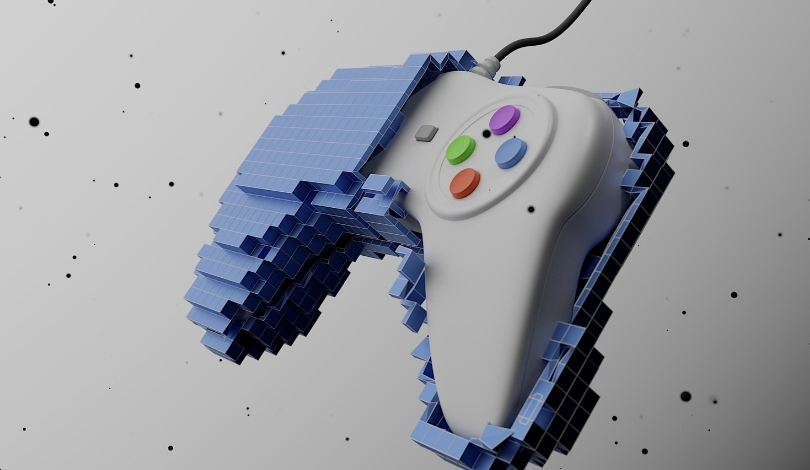Havok, recognized by its iconic yellow sawblade logo, has been a staple in the gaming industry for decades. Despite not being as prominently featured in modern game splash screens, Havok continues to underpin the physics and simulation mechanics in some of today’s most popular titles. The shift in hardware technology, particularly the rise of SSDs, has changed how games are presented to players, but Havok’s contributions remain integral to the immersive experiences developers strive to create.
Over the years, Havok has maintained its position as a leading middleware provider for game physics. While earlier generations of gamers might vividly recall seeing Havok’s logo in games like Max Payne 2 and Half-Life 2, newer titles such as Elden Ring and Helldivers 2 also utilize Havok’s technology. This sustained relevance highlights Havok’s adaptability and ongoing innovation in a rapidly evolving industry.
How has Havok’s visibility changed?
Havok GM David Coghlan explained that the decline in visibility is largely due to the elimination of splash screens, which were previously used to mask longer load times.
“The logo appears a little less in splash screens these days, as splash screens are sort of being done away with,”
Coghlan noted. Faster SSDs allow players to enter the game more quickly, reducing the need for introductory logos that once prominently featured Havok’s branding.
What are Havok’s current offerings?
Havok continues to enhance its physics and simulation capabilities, providing developers with tools for more complex and reliable game environments.
“We’re seeing a significantly greater range of NPCs in terms of scale, in terms of movement types, in terms of movement capabilities,”
Coghlan stated. This focus allows for more dynamic and interactive gameplay, empowering developers to craft richer narratives and more engaging player experiences.
How is Havok pricing adapting?
In response to the evolving market, Havok introduced a new pricing structure aimed at making its software more accessible to mid-sized development teams. Starting at $50,000 per product, this tiered approach seeks to attract studios with larger ambitions but still falls outside the reach of smaller, no-budget projects.
“It’s possible for teams to pick up one of the commercial engines, like Unreal or Unity, and actually be pretty ambitious in terms of what they want to achieve,”
Coghlan remarked, emphasizing Havok’s commitment to supporting ambitious projects.
As the gaming industry continues to advance, Havok remains a key player in providing the necessary tools for sophisticated game development. By focusing on enhancing simulation efficiency and robustness, Havok ensures that developers can push the boundaries of what’s possible in interactive entertainment. The company’s ongoing efforts to balance visibility with technological progress demonstrate its dedication to both legacy and innovation.










